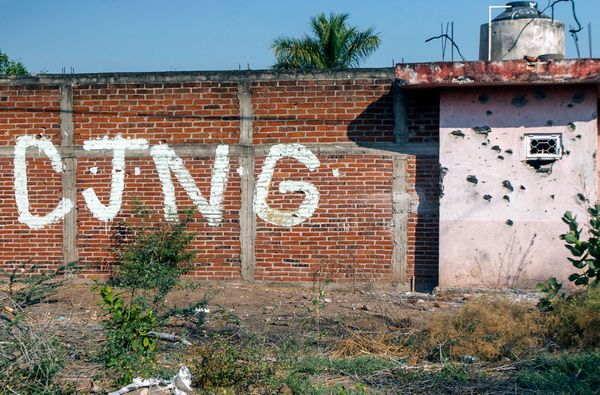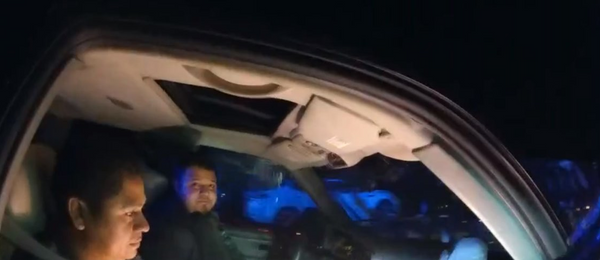
The Biden administration's plan to cut auto pollution by promoting battery-electric vehicle (BEV) sales is seeing strong opposition from Stellantis and Toyota.
The automakers have said the plan would force aggressive and unrealistic sales of EVs, putting pressure on critical mineral supplies.
Stellantis and Toyota warned in comments filed with the federal government seen by Bloomberg that the proposed emission curbs for cars and light trucks are overly optimistic and discriminate against plug-in hybrid vehicles.
Toyota said the White House's proposal "underestimates key challenges, including the scarcity of minerals to make batteries, the fact that these minerals are not mined or refined in the US, the inadequate infrastructure and the high cost of battery-electric vehicles."
Stellantis said the EPA had an "overly optimistic expectation for EV market growth" and was "assuming a 'perfect' transition." The automaker also noted that the agency was underestimating challenges such as lagging manufacturing capacity and consumer support, adding significant risk to the auto industry which "must comply with these standards whether these assumptions hold true or not."
Gallery: Toyota bZ Compact SUV Concept







The US plans to impose the most ambitious tailpipe emission limits ever, starting with the 2027 model year and beyond. The Environmental Protection Agency (EPA) expects EVs to make up 67 percent of new light-duty vehicle sales and 46 percent of new medium-duty vehicle sales in model year 2032.
This exceeds President Joe Biden's earlier goal for 50 percent of new passenger cars and light-duty trucks to have zero-emissions by 2030.
As a result of the strict proposed standards, automakers will have to massively boost electric vehicle manufacturing and sales to meet the limits on carbon dioxide, soot, and smog-forming pollution. The jump will be very big seeing as BEVs and PHEVs represent less than 10 percent of the market today.
The proposed standards are based on as much as 70 percent of fleets being emission-free, which is why critics have likened the plan to a de facto EV mandate that restrains consumer choice. However, companies are allowed to comply with the new standards using other technologies than BEV powertrains.
While Stellantis and Toyota are critical of the proposed standards, Tesla actually encouraged the EPA to adopt even more stringent requirements, given "the rapid pace of light-duty vehicle electrification." The EV maker called for a battery electric vehicle penetration rate target of at least 69 percent in model year 2032.
Meanwhile, Ford encouraged the EPA to ease the stringency of its requirements in the short term, between 2027 and 2029, in order to create a softer transition to the planned 2032 standards.
Gallery: Dodge Charger Daytona SRT Concept EV














